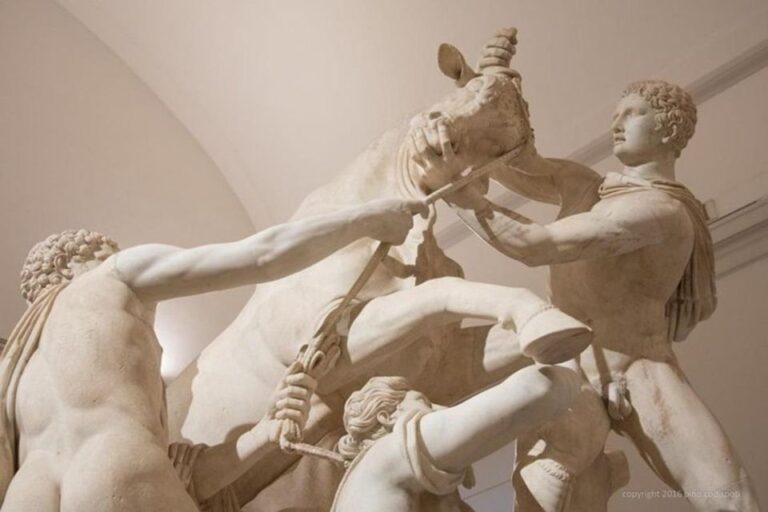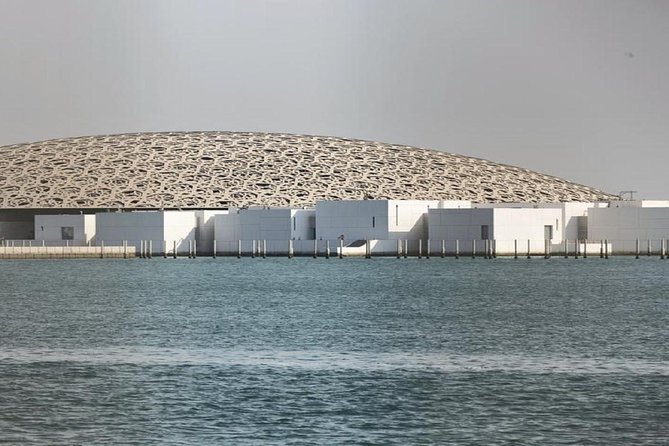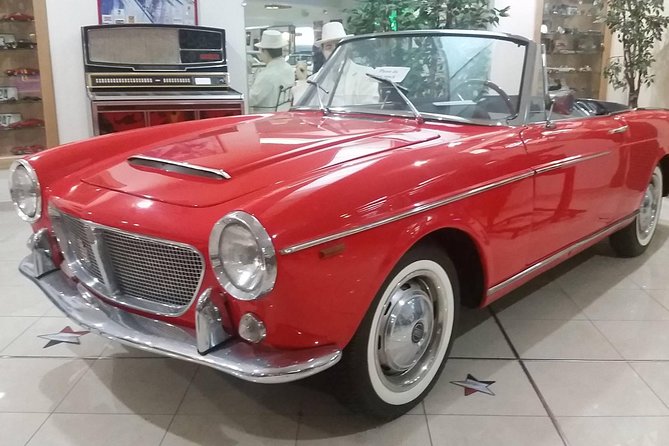When you think of Delft, the first thing that comes to mind is likely Delftware, also known as Delft Blue. This iconic blue and white porcelain and ceramic tilework is synonymous with the city. If you’re interested in learning about the history of this craft and the company that still produces it today, a visit to the Royal Delft Koninklijke Porceleyne Fles factory is a must during your time in Delft.
The Royal Delft Experience
The Royal Delft Experience takes you on a journey through the company’s history. Founded in 1653 as De Porceleyne Fles (commonly translated as The Porcelain Jar), Royal Delft is the last surviving ‘pottery’ of more than 30 that existed in Delft in the 17th century. The company’s trademark, a distinctive jar, is still made on the bottom of each piece of porcelain they manufacture.
Firing Process Presentation
During your tour, you’ll have the opportunity to view a presentation on the firing process used to create Delftware. This will give you a better understanding of the techniques and materials used to produce these beautiful pieces.
Museum Collections
As you wander through the museum, you’ll encounter numerous collections of Delftware, including:
- Jars
- Platters
- Unusual and uniquely shaped tulip vases
- Interesting architectural tiles
You’ll also see commemorative pieces and items made throughout the years for the Dutch royal family, highlighting the company’s long-standing connection to the monarchy.
Vermeer’s Dining Room Replica
One of the highlights of the tour is the chance to walk through a replica of Vermeer’s Dining Room. This famous painting by Johannes Vermeer, a 17th-century Dutch artist, depicts a room adorned with Delftware tiles. Seeing this replica will give you a sense of how these tiles were used in domestic settings during the Dutch Golden Age.
Artisan Demonstrations
During your visit, you’ll get to watch one of the artisans as she paints pieces of earthenware by hand. Pay close attention to the black ‘paint’ she’s using – it’s actually cobalt oxide. When fired, this substance gives Delft Blue its signature color.
Factory Tour
After admiring the tile work in the courtyard, head back to the factory to see where the potters work. Here, you’ll witness the various stages of the production process, including:
- Molding
- Drying
- Painting
- Firing
Keep in mind that while this is a working factory, it may be a slow day. You might only get to observe one or two employees at work during your visit.
Showroom and Gift Shop
The tour concludes in the Showroom and Gift Shop, where you can browse a wide selection of Royal Delft products. This is the perfect place to pick up a unique souvenir or gift to take home with you.
Ticket Information
- Adult Admission: €12.00 (includes an audio guide in English)
- For more information, visit the Royal Delft website or the Delft Tourist Information website
Getting There
Royal Delft Koninklijke Porceleyne Fles is located at Rotterdamseweg 196, southeast of the city center. It’s about a 20-minute walk from Market Square and Central Station Delft.
Additional Information
- The Royal Delft factory has been in operation since 1653, making it one of the oldest companies in the Netherlands.
- Delftware is not actually porcelain, but rather a type of earthenware called faience. It’s made from clay that’s covered with a tin glaze, which gives it a white, porcelain-like appearance.
- The blue color used in Delftware comes from cobalt oxide, which was imported from China and the Middle East during the 17th century.
- Delftware gained popularity in the Netherlands during the Dutch Golden Age, when Chinese porcelain became difficult to obtain due to trade restrictions.
- Along With the factory tour, Royal Delft also offers workshops where visitors can paint their own Delftware tiles or plates.
Tips for Your Visit
- Allow at least 1-2 hours for your visit to fully explore the factory and museum.
- Audio guides are available in several languages, including English, Dutch, German, French, Spanish, Italian, and Chinese.
- If you’re interested in purchasing Delftware, keep in mind that prices can vary significantly depending on the size and complexity of the piece.
- For a more hands-on experience, consider signing up for one of the painting workshops offered by Royal Delft.
- If you’re short on time or prefer a guided experience, consider joining an organized tour that includes transportation and a visit to the factory.
A visit to the Royal Delft factory and museum is a fascinating way to learn about the history and production of this iconic Dutch craft. From the informative presentations and artisan demonstrations to the stunning collections of Delftware on display, there’s plenty to see and appreciate during your tour. Whether you’re a history buff, an art lover, or simply curious about this centuries-old tradition, a trip to Royal Delft is sure to be a highlight of your time in Delft.




